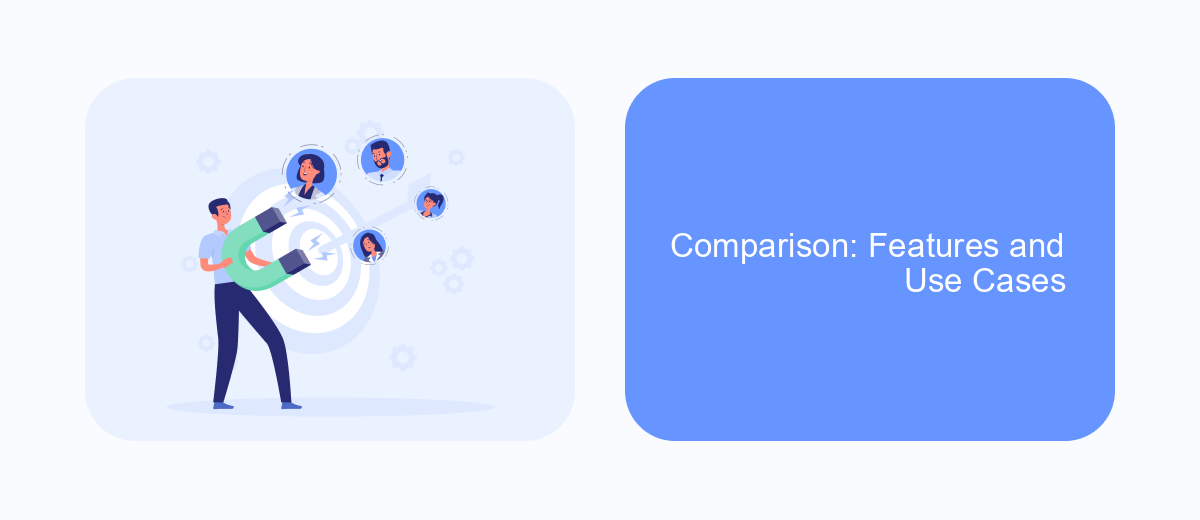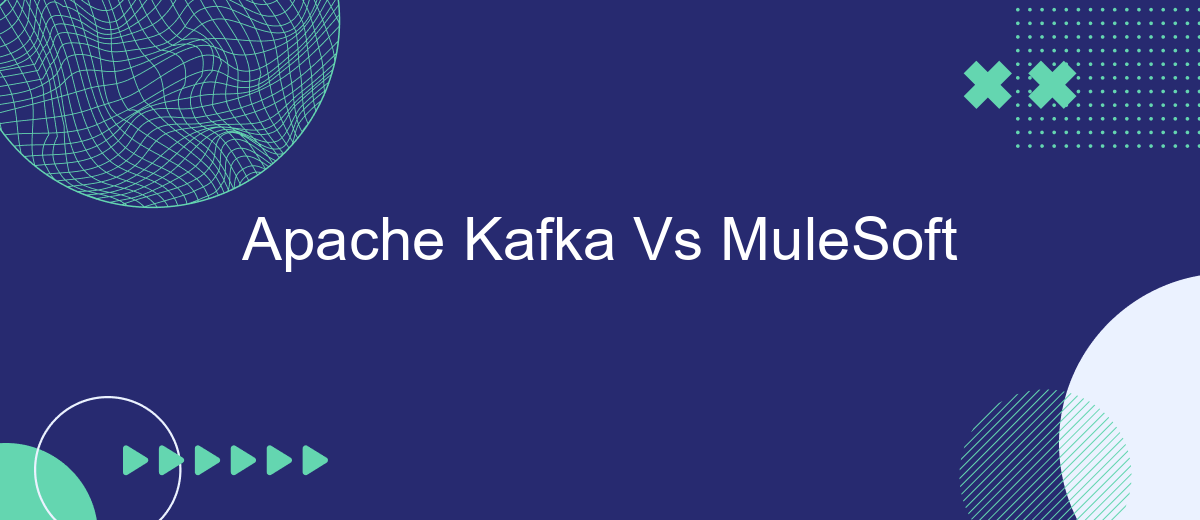In the rapidly evolving landscape of data integration and real-time analytics, choosing the right tool is crucial. Apache Kafka and MuleSoft are two prominent platforms that offer distinct capabilities for handling data streams and integration tasks. This article explores the key differences, strengths, and use cases of Apache Kafka and MuleSoft to help you make an informed decision for your business needs.
Introduction
In today's fast-paced digital landscape, businesses are constantly seeking efficient ways to manage and integrate their data streams. Two prominent solutions that have emerged are Apache Kafka and MuleSoft. Both platforms offer robust features for handling data integration and real-time processing, but they cater to different needs and use cases.
- Apache Kafka: A distributed event streaming platform capable of handling high-throughput, low-latency data streams.
- MuleSoft: An integration platform that connects applications, data, and devices with APIs and integration tools.
Understanding the strengths and weaknesses of each platform is crucial for making informed decisions. While Apache Kafka excels in real-time data processing, MuleSoft offers comprehensive integration capabilities. Tools like SaveMyLeads can further simplify the integration process by automating workflows and connecting various services seamlessly. This comparison will delve into the core functionalities of both platforms to help you determine which solution best fits your business needs.
Apache Kafka overview

Apache Kafka is a distributed streaming platform developed by the Apache Software Foundation. It is designed to handle real-time data feeds with high throughput and low latency, making it ideal for applications that require continuous data processing. Kafka's architecture is built around the concept of a distributed commit log, where data is written to and read from distributed partitions, ensuring scalability and fault tolerance. This makes Kafka an excellent choice for use cases such as log aggregation, real-time analytics, and event sourcing.
One of the key features of Apache Kafka is its ability to integrate seamlessly with various data sources and sinks. This is facilitated through Kafka Connect, a framework that simplifies the process of connecting Kafka with external systems. For businesses looking to streamline their data integration processes, services like SaveMyLeads can be particularly useful. SaveMyLeads automates the integration of different applications and services, ensuring that data flows smoothly between systems without the need for extensive manual intervention. This enhances the efficiency and reliability of data-driven workflows, making Kafka a powerful tool in the modern data ecosystem.
MuleSoft overview

MuleSoft is a leading integration platform that enables businesses to connect applications, data, and devices seamlessly. It provides a unified solution for API management, data integration, and service orchestration, making it easier for organizations to build and manage their digital ecosystems. MuleSoft's Anypoint Platform offers a comprehensive suite of tools to design, deploy, and govern APIs, ensuring robust and scalable integrations.
- API Design and Development: MuleSoft provides a rich set of tools for creating APIs, including API Designer and API Kit.
- Data Integration: It supports various data integration patterns and connectors to integrate with different data sources.
- Service Orchestration: MuleSoft allows for the orchestration of complex business processes through its powerful flow designer.
- Monitoring and Analytics: The platform offers monitoring tools to track API performance and usage analytics.
One of the key advantages of MuleSoft is its ability to integrate with other services like SaveMyLeads, which automates lead management processes by connecting various CRM and marketing tools. This integration capability ensures that businesses can streamline their workflows and improve operational efficiency. Overall, MuleSoft stands out as a versatile and robust solution for enterprise-level integration needs.
Comparison: Features and Use Cases

When comparing Apache Kafka and MuleSoft, it's essential to consider their features and use cases. Apache Kafka is a distributed streaming platform designed for building real-time data pipelines and streaming applications. It excels in high-throughput, low-latency data processing, making it ideal for event sourcing, log aggregation, and real-time analytics.
On the other hand, MuleSoft is an integration platform that enables businesses to connect applications, data, and devices with APIs. It focuses on simplifying the integration process, offering tools for designing, building, and managing APIs and integrations. MuleSoft is particularly useful for connecting disparate systems and creating a unified data ecosystem.
- Apache Kafka: Real-time data streaming, event sourcing, log aggregation, real-time analytics.
- MuleSoft: API management, application integration, data synchronization, device connectivity.
Both platforms have their strengths, but the choice depends on the specific needs of your project. For instance, if your primary goal is to integrate various services seamlessly, tools like MuleSoft and SaveMyLeads can be extremely beneficial. SaveMyLeads simplifies the process of connecting different applications, automating workflows, and ensuring data consistency across platforms.
Conclusion
In conclusion, both Apache Kafka and MuleSoft offer robust solutions for data integration and real-time processing. Apache Kafka excels in handling high throughput and low-latency data streams, making it ideal for real-time analytics and event-driven architectures. On the other hand, MuleSoft provides a comprehensive integration platform that simplifies connecting disparate systems and services through its extensive library of connectors and pre-built templates.
Choosing between these two depends on your specific needs. If your primary focus is on real-time data streaming and scalability, Kafka is the go-to option. However, if you require a more versatile integration platform that can handle a variety of services and applications with ease, MuleSoft is the better choice. Additionally, tools like SaveMyLeads can further streamline your integration processes by automating data workflows, making it easier to connect different platforms without extensive manual intervention.


FAQ
What is the primary difference between Apache Kafka and MuleSoft?
Can Apache Kafka and MuleSoft be used together?
Which one is better for real-time data processing?
Is it possible to automate integrations between different services using these platforms?
Which platform is more suitable for API management?
You probably know that the speed of leads processing directly affects the conversion and customer loyalty. Do you want to receive real-time information about new orders from Facebook and Instagram in order to respond to them as quickly as possible? Use the SaveMyLeads online connector. Link your Facebook advertising account to the messenger so that employees receive notifications about new leads. Create an integration with the SMS service so that a welcome message is sent to each new customer. Adding leads to a CRM system, contacts to mailing lists, tasks to project management programs – all this and much more can be automated using SaveMyLeads. Set up integrations, get rid of routine operations and focus on the really important tasks.
